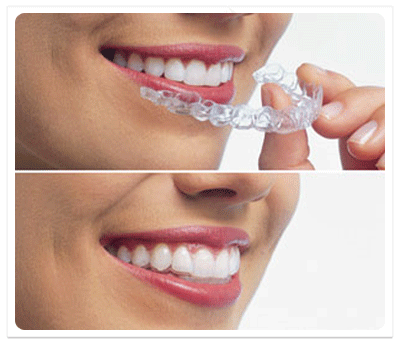Invisalign vs. Braces: Which One is Best for Your Smile?
Choosing the right orthodontic treatment can feel overwhelming, especially when deciding between Invisalign and traditional braces. Both options can help you achieve a straighter, healthier smile, but they come with their own unique benefits and challenges. Let’s break down the key differences so you can determine which treatment is best for you.
Understanding Traditional Braces
Traditional metal braces have been a go-to orthodontic treatment for decades. They consist of metal brackets that are affixed to the teeth and connected by wires, which are periodically adjusted to shift teeth into alignment.
Benefits of Braces
Effective for complex cases – Braces can correct severe misalignment, bite issues, and overcrowding more efficiently than Invisalign in some cases.
No need for self-discipline – Since braces are fixed to your teeth, you don’t have to worry about removing them or remembering to wear them.
Multiple options available – While metal braces are the most common, clear braces (ceramic braces) offer a less noticeable alternative for those seeking a more discreet look.
Challenges of Braces
Aesthetic concerns – Metal braces are more visible than Invisalign, which may be a drawback for some individuals.
Dietary restrictions – Hard, sticky, or chewy foods can damage the brackets and wires, meaning you’ll need to modify your diet.
Oral hygiene maintenance – Brushing and flossing require extra care to clean around the brackets and wires effectively.
What is Invisalign?
Invisalign is a modern alternative to braces that uses a series of clear, removable aligners to gradually move teeth into place. These aligners are custom-made and need to be worn for 20-22 hours a day for optimal results.
Benefits of Invisalign
Nearly invisible – The clear aligners are discreet, making Invisalign a popular choice for adults and teens who want a less noticeable treatment.
Removable for eating and cleaning – Since the aligners can be taken out, there are no dietary restrictions, and maintaining oral hygiene is easier.
Comfortable design – Invisalign lacks the brackets and wires of traditional braces, reducing the risk of irritation or discomfort.
Challenges of Invisalign
Requires discipline – Since Invisalign aligners are removable, patients must be diligent about wearing them as directed to see results.
Not ideal for severe cases – While Invisalign works well for mild to moderate misalignment, more complex cases may require braces.
Frequent replacements – Aligners must be changed every one to two weeks, and losing or forgetting to wear them can delay progress.
Which Treatment is Right for You?
Both Invisalign and braces offer effective orthodontic treatment, but the best option depends on your specific dental needs and lifestyle preferences. If you have a complex case or prefer a treatment that requires less personal responsibility, traditional braces might be the best choice. However, if you’re looking for a more discreet, flexible option and are committed to wearing your aligners consistently, Invisalign could be a great fit.
At Westside Orthodontics, we offer both Invisalign and braces to help you achieve a confident, healthy smile. Schedule a consultation today to discuss your options and find the right treatment for you!


